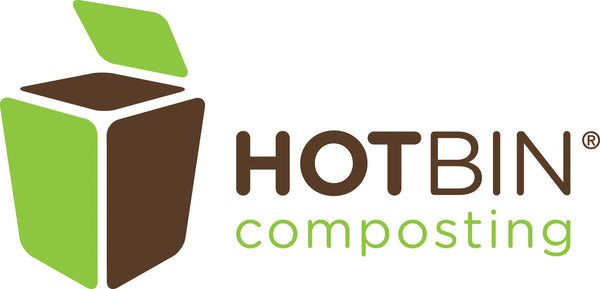Are we there yet?
This February, famed groundhog weather prognosticator Punxsutawney Phil saw his shadow predicting six more weeks of winter... and how accurate was he, right? We are currently under winter storm Quinlan. However, no matter how long and strong this year's winter has been, the sun is ready to go out, and spring is around the corner.
By now gardening enthusiasts either have or are working on their planting plan for the upcoming season. Some tips include: 1) getting your tools ready and in order; 2) cleaning beds from weeds, debris and adding mulch; 3) prune trees and shrubs; 4) prepare the soil once the frost has lifted and add compost and amendments; 5) set-up new planters; 6) divide perennials if crowded to avoid deterioration; 6) start planting; and 7) start planting!
About our main topic... composting
On this newsletter edition, we are including a selection of our most relevant and popular video clips that will assist in starting or re-starting your HOTBIN composter, tips, tricks and harvesting your compost.
Can I locate the HOTBIN inside my greenhouse?
The quick answer is Yes - we have a number of users with the HOTBIN located in their greenhouse to recover the heat. Composting releases water, carbon dioxide and heat. The HOTBIN expels warm carbon dioxide and water vapour (steam) via the valve. Your greenhouse plants will use the carbon dioxide and the water vapour (which will reduce watering).
Using the HOTBIN Thermometers
All HOTBINs are supplied with two thermometers, both of which measure the temperature in Celsius (°c) and Fahrenheit (°f). There is a thermometer fixed in the lid and an additional thermometer for measuring the internal temperature of the waste in the HOTBIN.
Why the Lid Thermometer Can Be Misleading
The lid thermometer measures the temperature of the steam leaving the HOTBIN. If there is a large void of empty space inside the HOTBIN, heat will be lost as it rises from the top of the waste inside and reaches the lid thermometer. Unfortunately unless the HOTBIN is more than half full the lid gauge will provide a variance in temperature of at least 50°F, rising to as much as 68-86°F during the winter months.
For an accurate internal measurement, simply place the thermometer into the hottest most active layer of waste, typically the top 2-4 in. Try not to leave the thermometer in the HOTBIN as its easy to forget about it when adding waste - you’ll soon find it buried! When you are ready to take an internal measurement simply lift the lid of the HOTBIN, pop the thermometer in and shut the lid. Leave the thermometer inside for at least a minute to ensure an accurate reading before removing. Take care not to leave the lid open for long as this will let out the heat and if you are stuck for somewhere to store the thermometer, why not pop it inside the cam strap on the side of the HOTBIN?
How To Use the Lid Thermometer in the Early Days
When starting your HOTBIN use the lid thermometer as a rough gauge to measure if there has been a general increase in temperature since you last visited. We would advise using the internal thermometer until the depth of the waste inside is higher than the top of the hatch, this is when the lid temperature can be relied upon more accurately.
Why Don’t You Supply a Digital Thermometer?
Digital thermometers vary greatly and the type you choose to purchase is usually down to personal choice. The waterproof/condensation proof units cannot always be relied upon and for that reason we have chosen to go with the more traditional type of thermometer.




